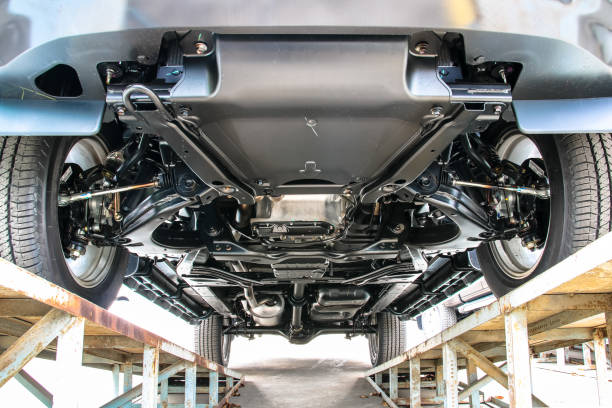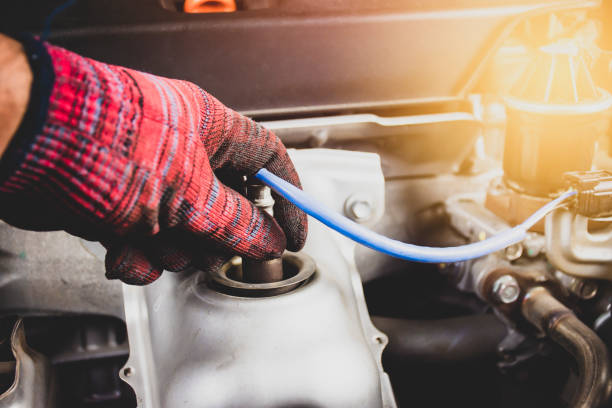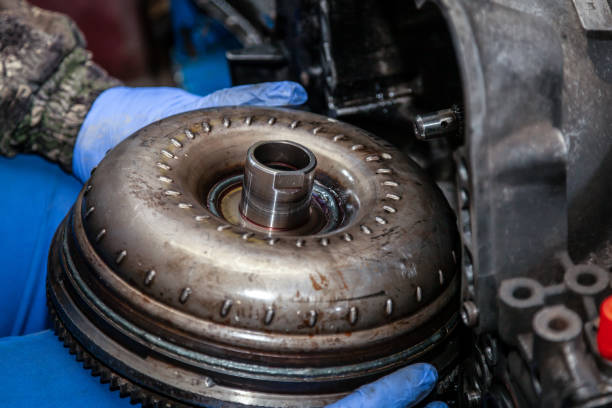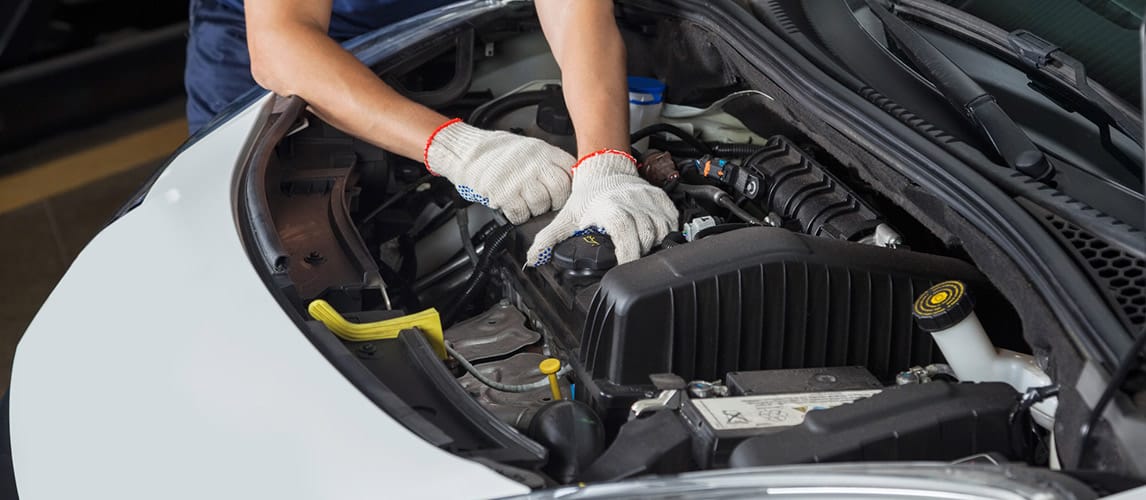
Tps Sensor Cost and Symptoms
Whenever the check engine light turns on, you have a little heart attack. This time you take it to get the code read, and it keeps pointing you towards the TPS. But what is a TPS, Tps Sensor Cost and Symptoms, how do you fix it? Is it really important, and how much is it going to cost?
Attached to every engine is a litany of sensors that control every output to optimize performance. One of the first sensors that your engine utilizes is the TPS.
When it’s acting up, you’ll notice a wide array of problems. But what exactly is a TPS, how does it work, and can you replace it yourself? Just keep reading, and we’ll let you know everything you need to know!
What is a TPS, and How Does it Work?
A TPS is short for a throttle position sensor. It’s attached to your vehicle’s throttle body and communicates how open it is directly to the vehicle’s ECU.
In plain English – your throttle body lets air into your engine, and the TPS tells the vehicle’s computer how open it is. The computer uses these inputs to set the amount of fuel to inject into the engine, engine timing, and so much more.
This makes your throttle position sensor one of the essential sensors on your vehicle. Without it, you’ll notice a ton of problems right away.
Symptoms of a Faulty TPS
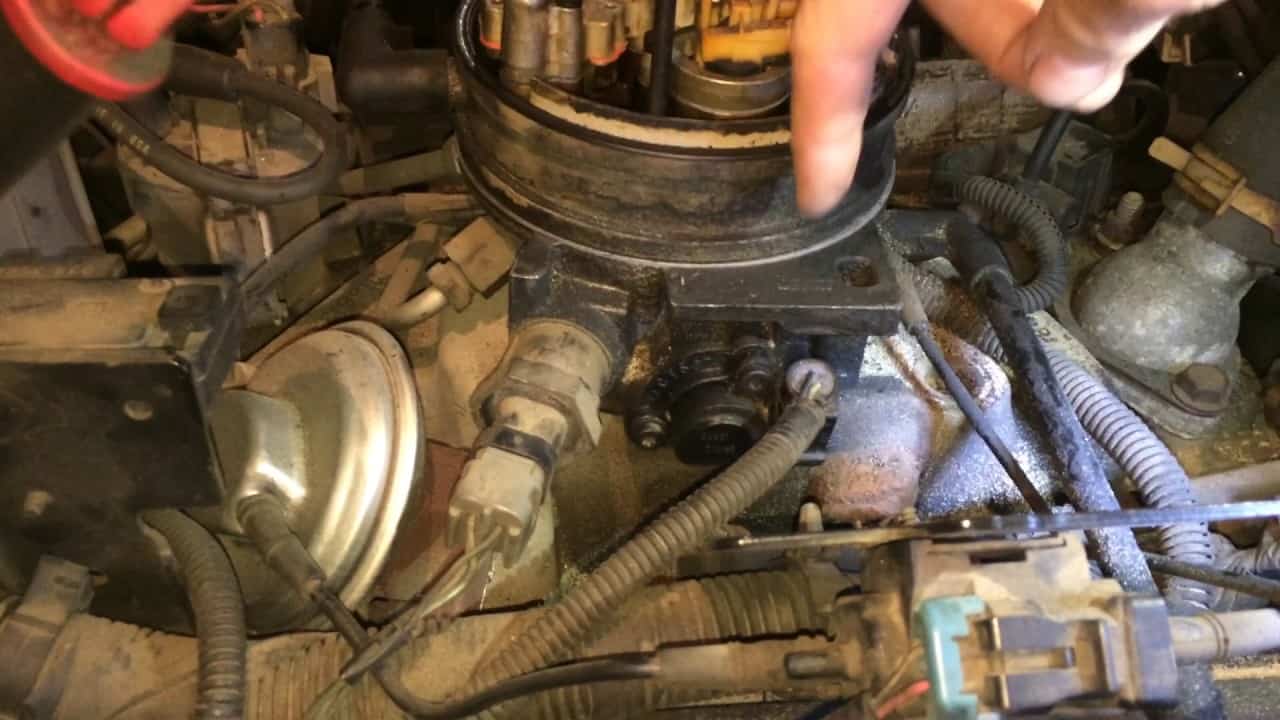
TPS’s are essential components of your vehicle. As soon as one goes bad, you’re going to notice. But what exactly will that look like?
Check Engine Light
Anytime that a sensor is acting up, your ECU will throw a check engine light. Check engine lights come on for various reasons, but the most common is because of faulty sensors.
Furthermore, if you think you might have a faulty TPS, but you don’t have a check engine light, you’ve probably got a different problem. Just to be sure, you should hook up an OBD II scan tool to your vehicle to see if there is a hidden code that isn’t tripping the light.
While this indicates another problem, it is possible that your check engine light isn’t illuminating even if there is an underlying issue.
Acceleration Problems
Your TPS optimizes your engine’s performance, and if the sensor isn’t operating correctly, then you’re going to notice performance issues. Of course, the severity of the problems will depend on the exact problem with the TPS, but no matter what’s going on, you’ll need to replace the sensor.
Excessive Fuel Consumption
If the TPS isn’t severely broken, the most drastic consequence might be some terrible fuel economy. Your TPS optimizes fuel usage, so if it’s not correctly operating, your fuel usage will spike unnecessarily. However, there’s no way to know if your TPS malfunction will simply lead to excessive fuel usage or if it’ll lead to catastrophic damages.
Rough Idling
If you start up your vehicle and your RPM’s are spiking or fluctuating wildly, then you likely need a new TPS. It’s a tell-tale sign and one that you’ll need to address immediately. Driving around with a faulty TPS that leads to rough idling will damage your engine in no time.
Average Replacement Costs for a TPS

Before you replace your TPS, please do yourself a favor and try unplugging it and plugging it back in. While this won’t fix the problem very often, sometimes all it needs is to be reset, and it can save you a few bucks.
If your vehicle does need a new TPS, there’s good news. Not only is it a relatively cheap component, but they’re also typically easy to replace. Whether you’re looking at doing the job yourself or getting a mechanic to swap it out for you, it’s an easy repair that shouldn’t cost you a ton!
Part Costs
A typical TPS costs around 100 dollars. But depending on what you drive, you might be able to find one as cheap as 40 dollars and as expensive as 200. The best way to save some money when buying your replacement TPS is to shop around sites like AutoZone or O’Reilly’s.
They are essentially the same components as OEM, but for a fraction of the cost.
Labor Costs
When it comes to breaking down the costs for replacing your TPS, it is the expensive part. Depending on where you take it to get replaced and what you drive, you can expect the shop to charge you between 30 and 100 dollars for labor.
Total Costs
When you add it all up, you might get lucky and only have to spend around 70 dollars to get your TPS replaced by a mechanic. However, if you’re driving a more expensive vehicle and take it to a dealership for repairs, those costs can go as high as 300 dollars.
While that might sound like a lot of money, it’s far cheaper than needing to replace the engine because you let it run with a bad sensor for too long.
How to Replace a TPS Yourself

If you’re trying to save yourself a little money and do the job yourself, you’re in luck. Replacing a TPS is one of the most straightforward jobs that a mechanic can do. Below are the six steps to follow to replace your TPS, and every one of them is straightforward and easy!
Find the Sensor
If you don’t have a clue what you’re looking for, then Google it. However, if you know a thing or two about how cars work, it’s not hard to find. You’ll need to locate your throttle body, which is a metal component that your intake hooks up to. From there, you need to find the sensor that’s mounted to it. That sensor is your TPS. It really is that easy!
Disconnect the Battery
Before you disconnect or connect any sensors, you need to disconnect your battery. Manufacturers overload modern cars with sensors, and any charge that accidentally gets shorted out in the system can cause a ton of damage and cost you a ton of money. Simply disconnect the negative terminal of your battery, and you’re good to go!
Take the Screws Out/Unplug the Sensor
Once you’ve located the sensor, you need to remove the mounting screws and remove the electrical connector. The screws might be hex head, Torx bits, or regular bolts, depending on what you drive. The electrical connector typically has a spot that you’ll need to depress while pulling out on the sensor.
Remove the Sensor
Once you have taken everything off, you can remove the sensor. The sensor will often fall right off after you’ve removed everything, but sometimes dirt and grime will keep it stuck against the throttle body. If that’s the case, all you need to do is gently pull it, and it will come off.
Install New Sensor
Once you’ve taken the old sensor off, you can install the new one! Use the same screws and electrical connector that was connecting your old sensor to the engine. With sensors, you need to make sure the screws are snug but not too tight.
Overtightening your screws can lead to you breaking your new sensor! Don’t freak out too much about torque specs. As long as everything is snug, you should be good to go!
Finally, to prevent corrosion, you can put some dielectric grease on your electric connector. This will keep anything else from getting into it and will give you a better connection.
Reconnect Battery
Only reconnect your battery after you’ve hooked everything up. Another advantage of disconnecting your battery while you complete the job is that it automatically resets your check engine light. When you start up your car, your check engine light should be gone if your TPS was the problem!
Can You Drive with a Faulty TPS?

Chances are you won’t be able to drive at all with a faulty TPS. You’ll have problems accelerating or will probably have an idle that’s way too high. Either way controlling your vehicle will become extremely difficult.
Even if you’re lucky and can drive with your faulty TPS, there are still tons of risks associated with it. While you might be able to get away with driving with a faulty TPS for a little while, it’s only a matter of time before the broken sensor leads to further damages to your vehicle’s engine.
Even minor problems with your TPS will lead to your engine utilizing the wrong fuel to air ratio, leading to damage. How long it will take to damage your engine really depends on how broken the TPS is, but the risk of needing a new engine because of a 100 dollars sensor isn’t worth it.
Summary
Of all the things your check engine light could be, you could do far worse than the TPS. While the sensor itself might be a little pricey depending on what you drive, they’re straightforward to replace. With a bit of know-how and dedication, you can have your car back on the street in no time!





